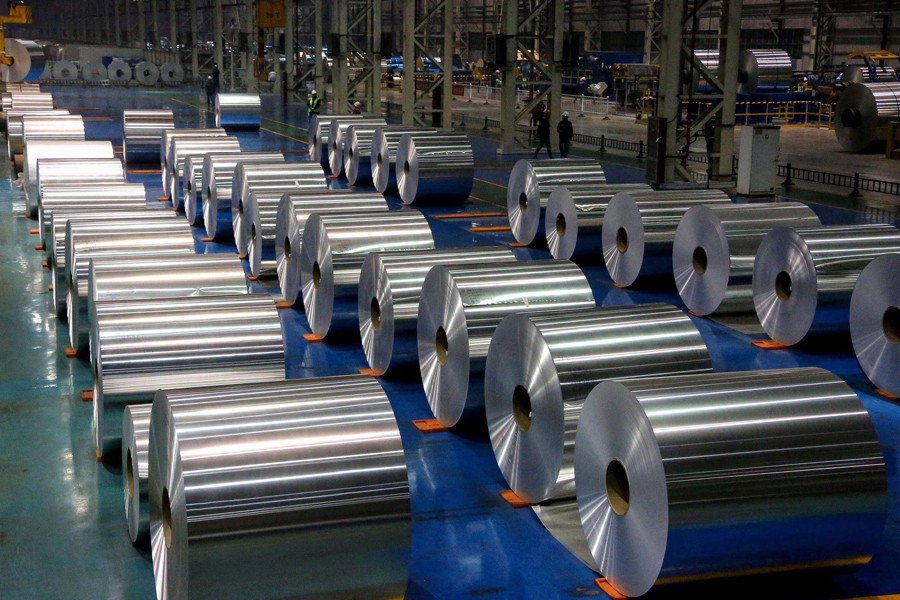
China still the top dog in commodities
Saturday, 16 December 2023

LAUNCESTON, Dec 15 (Reuters): For the past two decades the mantra in commodities has largely been if you build it, China will buy it.
That's still somewhat true, and the world's biggest importer of natural resources remains a colossus.
But the nature of China's demand for commodities is starting to shift, and the trends that emerged in 2023 are likely to continue next year.
The major change is that China is becoming an increasingly price-sensitive buyer, and appears more willing to use its purchasing power to try to influence prices.
This can be seen in its imports of crude oil, which have shown two distinct phases in 2023.
For the first part of the year the world's largest oil importer snapped up cargoes and added substantial volumes to storage, even as refinery processing rose rapidly to meet both increased domestic fuel consumption and higher exports of refined fuels.
But after Saudi Arabia and Russia made voluntary output cuts of 1.3 million barrels per day (bpd) from July onwards, a move that sparked a strong rally in global oil prices, China started to ease back on imports.
Crude imports peaked in August at 12.43 million bpd, but this represents cargoes arranged in May and June, when prices were at the lows for 2023. Since then, crude imports have tailed away, dropping to 10.33 million bpd in November.
China doesn't disclose movements in its commercial or strategic oil inventories, but it's likely that refiners have been dipping into stockpiles while cutting back on imports.
China's lower oil imports also mean that the forecasts for robust global demand growth, led by the Organization of the Petroleum Exporting Countries and the International Energy Agency, are likely to prove optimistic.
However, it's also likely that China crude oil imports will accelerate in the first quarter of 2024, given the retreat in crude prices in recent weeks.
Global benchmark Brent futures dropped to a seven-month low of $72.29 a barrel during Wednesday's trade, and are down 26 per cent from the high in 2023 of $97.69 from Sept. 28.
If past experience is any guide, the weaker prices will prompt China's refiners to secure more cargoes, even if some of the oil will be used to replenish inventories.
However, China's ability to influence commodity prices isn't always as successful as Beijing would hope, with iron ore being a case in point.
Unlike crude oil, where China can source from multiple producers, iron ore supply is highly concentrated, and dominated by just two producers, Australia and Brazil.
China also currently lacks a substantial stockpile, with port inventories dropping to a seven-year low last month.
This means that when demand, or even sentiment, in the iron ore and steel markets improves, China has little choice but to put up with rising prices.
For 2024, this may mean ongoing strength in iron ore prices, especially if Beijing's efforts to revive the key property sector start to bear fruit.
What 2023 also showed is that China is an opportunistic buyer of commodities, with copper being a good example.
Imports of unwrought copper are down 5.9 per cent for the first 11 months of the year compared to the same period in 2022, but once again there has been fluctuation in the monthly patterns.
The start of 2023 saw soft copper imports, which coincided with a period of rising global prices for the industrial metal.
However, as prices eased in the second half, imports started to gain, rising to 550,565 metric tons in November, the highest so far this year.
Thermal coal is another example of China buying from the seaborne market because the price was competitive relative to domestic supplies.